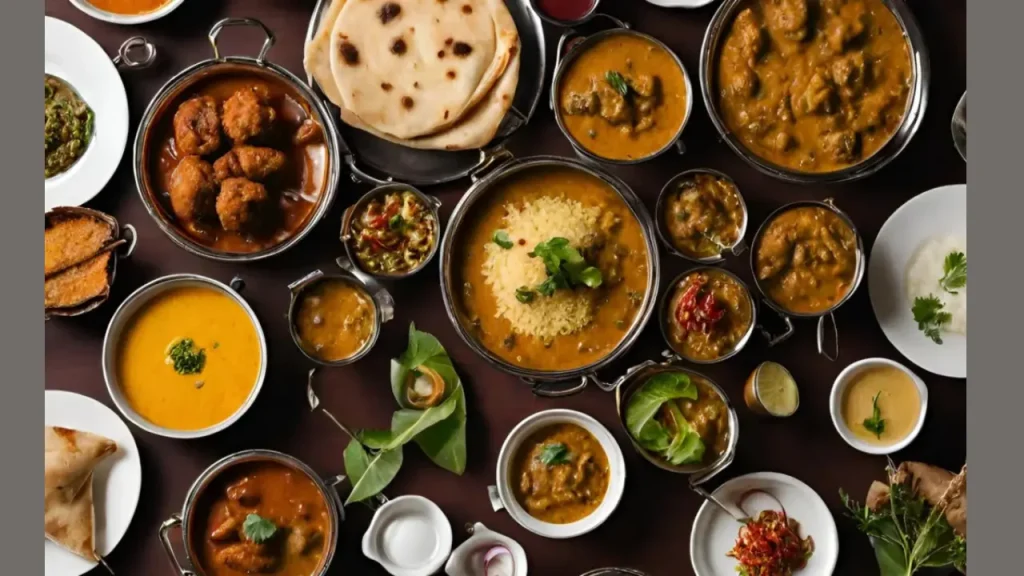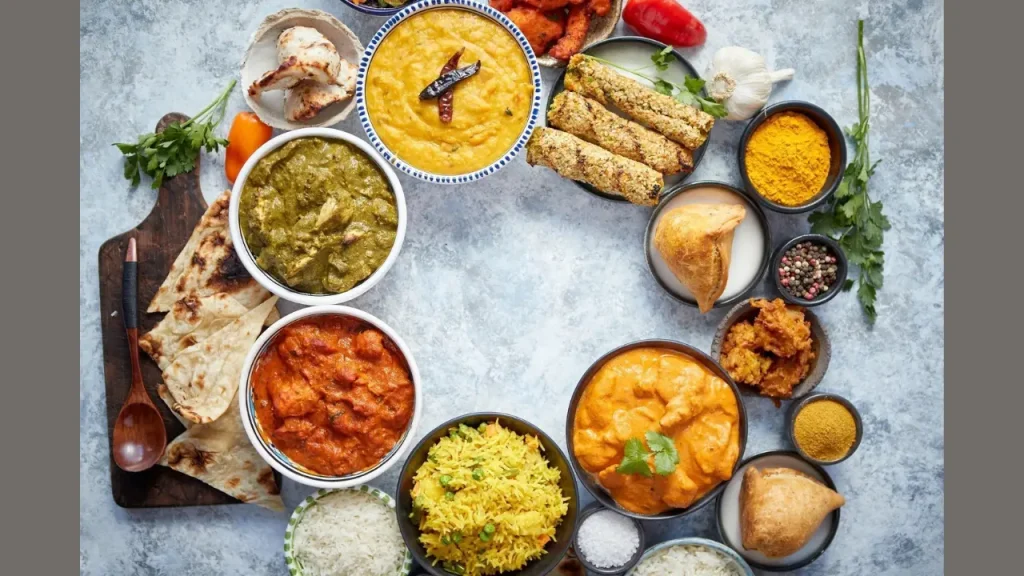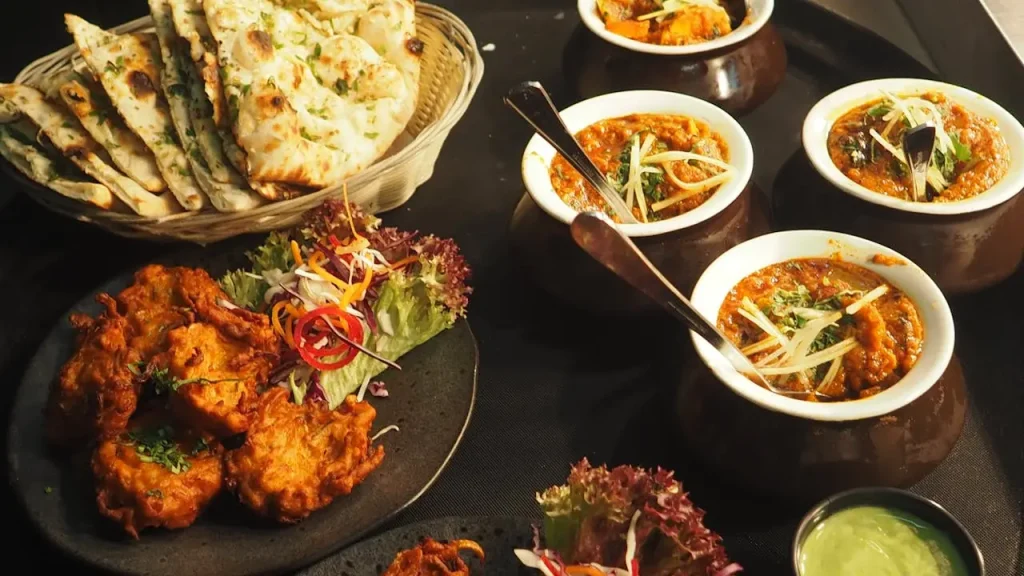The table d’hote menu is a unique dining experience that offers a fixed multi-course meal at a set price. This concept has been cherished in many cultures, allowing diners to enjoy a curated selection of dishes without worrying about individual prices. Restaurants worldwide embrace this style, providing a harmonious blend of flavors that reflect the chef’s expertise and the region’s culinary heritage. Whether found in fine dining establishments or casual eateries, the menu remains a favorite for those who love structured and immersive meals.

What is a Table d’Hote Menu?
Table d’Hote Menu menu is a fixed-price meal with pre-selected courses. Unlike à la carte dining, where customers pick each dish separately, this menu offers a pre-planned sequence of dishes. Each course is thoughtfully crafted to complement the others, ensuring a balanced and flavorful dining experience. This menu style is common in luxury restaurants, wedding banquets, and special dining events, allowing guests to savor dishes designed to work together harmoniously.
Common Menu Items
The table d’hote menu typically consists of multiple courses, with each dish carefully selected to create a cohesive dining experience. The most common components include:
- Appetizers (Starters)
- Soup of the Day – A warm, comforting soup that sets the tone for the meal.
- Salad – A fresh mix of greens, fruits, nuts, and cheeses, often with a light vinaigrette.
- Bruschetta – Toasted bread topped with tomatoes, basil, and olive oil, commonly found in Italian menus.
- Smoked Salmon – A delicacy often served with capers, cream cheese, and crostini.
- Main Course
- Grilled Chicken with Herb Butter – A classic dish featuring tender chicken with a side of vegetables.
- Beef Tenderloin with Red Wine Reduction – A fine-dining staple that highlights high-quality meat.
- Pan-Seared Salmon with Lemon Butter Sauce – A light, flavorful seafood dish.
- Vegetarian Pasta Primavera – A pasta dish loaded with fresh seasonal vegetables.
- Side Dishes
- Garlic Mashed Potatoes – Creamy mashed potatoes infused with roasted garlic.
- Steamed Seasonal Vegetables – A healthy addition that enhances the meal’s balance.
- Wild Rice Pilaf – A nutty, aromatic rice dish that pairs well with meats and seafood.
- Desserts
- Crème Brûlée – A rich custard dessert with a caramelized sugar crust.
- Chocolate Lava Cake – A warm chocolate cake with a molten center.
- Tiramisu – A classic Italian dessert made with coffee-soaked ladyfingers and mascarpone.
- Fresh Fruit Tart – A light and refreshing option with a buttery crust and seasonal fruits.
- Beverages & Pairings
- Wine Pairings – Many menus include wine selections that complement each course.
- Freshly Brewed Coffee or Tea – Often served with dessert to complete the meal.
- Signature Cocktails – Some restaurants offer special cocktails that enhance the dining experience.
Differences Between Table d’Hôte and À la Carte
While both table d’hote menus and à la carte menus offer great dining experiences, they cater to different preferences. The key differences are:
| Feature | Table d’Hote Menu | À la Carte Menu |
|---|---|---|
| Pricing | Fixed price for multiple courses | Pay per individual dish |
| Menu Choice | Limited, pre-set menu | Full freedom to choose dishes |
| Service Style | Structured meal sequence | Flexible ordering |
| Experience | Curated by the chef for balance | Personalized based on preference |
Both styles offer unique advantages, but the menu is ideal for those seeking a seamless dining journey where every dish is designed to complement the next.
Why Diners Love this Menu

Many food lovers prefer this Table d’Hote Menu because it ensures a well-rounded meal without decision fatigue. Instead of struggling with multiple choices, guests can sit back and enjoy a curated, high-quality experience. This menu style also guarantees portion control, balanced flavors, and excellent presentation, making it a great option for special occasions.
Role of a Chef
A chef plays a crucial role in designing a table d’hote menu, ensuring each dish complements the next. The process involves:
- Selecting a Theme – A cohesive dining theme based on cuisine, seasonality, or event type.
- Choosing Ingredients – Using fresh, high-quality ingredients to enhance flavors.
- Pairing Courses – Ensuring each course flows naturally, from appetizers to desserts.
- Balancing Flavors – Avoiding repetitive tastes while maintaining a harmonious flavor profile.
- Considering Dietary Needs – Many menus offer vegetarian, gluten-free, or allergy-friendly options.
Popular Menus

The table d’hote menu has been embraced globally, with various cultures adding their own touch. Some of the most famous versions include:
- French Degustation Menus – Multi-course meals featuring dishes like foie gras, duck confit, and crème brûlée.
- Italian Fixed Menus – Offering antipasti, pasta, meat dishes, and desserts like tiramisu.
- Japanese Kaiseki – A highly structured meal focusing on seasonal ingredients and artistic presentation.
- Filipino Table d’Hôte – Often featuring multiple small dishes, including traditional soups, grilled meats, and sweet delicacies.
Best Occasions
The table d’hote menu is perfect for special celebrations where guests want a seamless dining experience. Some of the best occasions include:
- Anniversaries and Romantic Dinners – A multi-course meal adds a touch of elegance.
- Weddings and Receptions – Ensures a consistent meal experience for all guests.
- Business Dinners – A structured menu eliminates the stress of individual ordering.
- Food Tastings and Culinary Experiences – Great for trying chef-curated specialties.
Locations And Operating Hours
| Branch | Location | Operating Hours |
|---|---|---|
| Cabalen SM North EDSA | 3rd Floor, City Center, SM City North EDSA, Quezon City, Metro Manila | 10:00 AM – 9:00 PM |
| Cabalen Glorietta 3 | Ground Floor, Glorietta 3, Ayala Avenue, Makati, Metro Manila | 10:00 AM – 9:00 PM |
| Cabalen Robinsons Place | Ground Floor, Robinsons Place Ermita, Manila, Metro Manila | 10:00 AM – 9:00 PM |
| Cabalen SM Megamall | 3rd Floor, Bridgeway Building A, SM Megamall, Mandaluyong, Metro Manila | 10:00 AM – 9:00 PM |
| Cabalen SM City Cebu | Upper Ground Floor, SM City Cebu, Cebu City, Cebu | 10:00 AM – 9:00 PM |
| Cabalen SM City Davao | Ground Floor, SM City Davao, Quimpo Blvd, Davao City, Davao del Sur | 10:00 AM – 9:00 PM |
Conclusion
The table d’hote menu offers a structured, immersive dining experience that highlights the chef’s craftsmanship and the culture of a region’s cuisine. By providing a fixed selection of courses, this menu allows diners to enjoy a seamless progression of flavors while ensuring high-quality ingredients and a well-balanced meal. Whether in fine dining restaurants or casual establishments, the menu continues to be a beloved dining tradition that brings people together through exceptional food and storytelling.